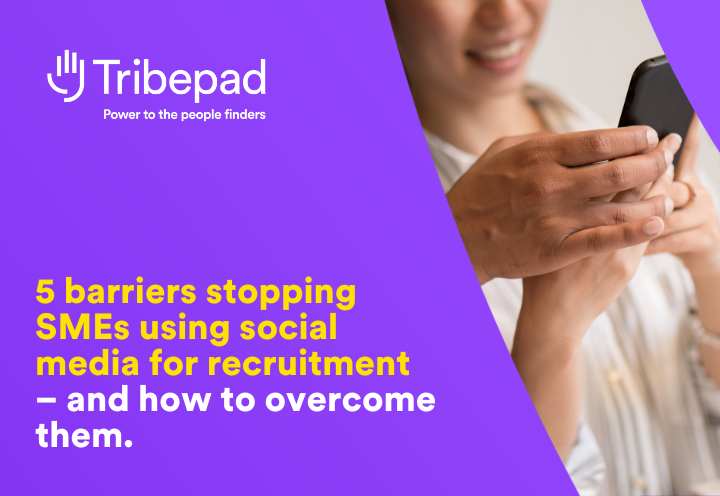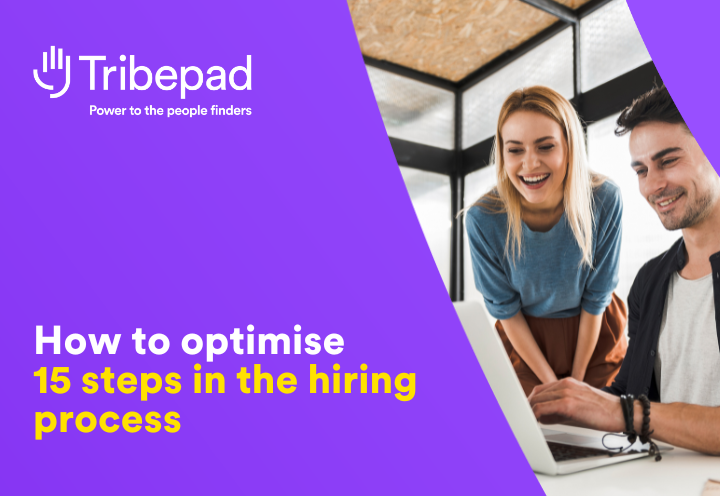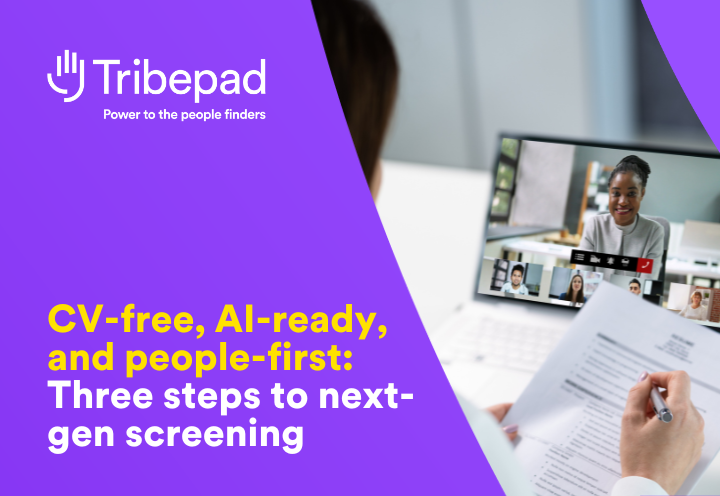NHS recruitment isn’t a lost cause but it does need urgent care.
Yes, there are problems beyond recruiters’ control, and the lengthy NHS Employment Standards can’t change.
But in most cases, NHS recruitment can be heaps more flexible and configurable, leading to a faster, more efficient, and more effective process.
You just need to know where to start. Here’s a triage tool to help you work out where to focus to heal your recruitment. And start attracting and retaining the staff your trust needs.
Priority 1: Application process
“I am so incredibly annoyed at how inefficient the NHS application system is. Why does the NHS make it so tedious and frustrating to apply for jobs when they’re very clearly lacking people? I just don’t understand.”
That’s one recent post on the Junior Doctor’s UK Reddit board that’s getting a heap of engagement. There are plenty of others.
- “Most sane people will just give up”
- “I’ve just tried applying and given up after 3 attempts”
- “Tried my best to jump through the hoops but it’s so frustrating”
- “Why do they make it so hard to apply to NHS jobs?”
- “It is much easier when I apply to other jobs”
- “It’s an outdated horrible system which is why many go via agency”
Unfortunately, the norm for most NHS trusts is still an application process that’s practically from the Dark Ages.
Slow. Clunky. Tedious.
Broken.
Most NHS colleagues expect and accept an application process like this because that’s just how it’s always been. But why? And it certainly doesn’t need to stay that way. It’s unnecessarily terrible, for your team and for candidates.
You can invest as many hours as you want into jazzier topics like branding, proposition development, and proactive recruitment marketing. But if your application process delivers an awful candidate experience, those activities will be largely pointless.
If you’re haemorrhaging candidates before they even become candidates, you’re making talent shortages worse.
Candidates should be able to:
- Drag-and-drop apply to a role with a simple CV
- Apply easily from mobile, tablet or desktop
- Complete an application that’s relevant to the role they’re applying for
- Upload documents and images easily to support pre-employment checks
- Review and sign contracts online
- Provide references easily, once
- Track their application progress
- Complete relevant assessments easily
- Get relevant job alerts to their phone or inbox
- Complete an application whatever their accessibility needs
- Add and be consistently named by their chosen pronouns
If they can’t, building a candidate experience that cares is your priority one. If you’re ticking those boxes, it’s onto…
Priority 2: Automation and efficiency
Improving the application process goes a long way to healing your recruitment function. But you’re not out of the woods yet.
The next major assessment area for NHS recruiters is your internal working process.
- How do your recruitment teams and hiring managers collaborate?
- How much repetitive, manual work is involved?
- How good is your visibility over the end-to-end recruitment process?
For most NHS trusts, the answer to those questions doesn’t paint a rosy picture.
Collaboration is often poor.
Lots of bottlenecks and crossed wires slow progress, causing headaches and threatening compliance. NHS recruiters waste time chasing clinical staff; clinical staff waste time on recruitment bureaucracy that should be miles easier.
Admin often hogs recruiters’ time.
Creating and posting job adverts; reviewing CVs; shortlisting; playing telephone tennis to arrange interviews; chasing references; sending contracts. All this could be automated, but among NHS recruitment teams it’s too often manual.
Visibility is often non-existent.
NHS recruitment teams often still rely on multiple systems that don’t connect, including the age-old spreadsheet nightmare. As a result, there’s little-to-no bird’s eye visibility. You can’t see where your biggest problems are, let alone improve them.
If these sound like you, that’s priority two. Action: explore recruitment software to tackle these problems.
Here’s a best-practice checklist:
- Secure mobile dashboards for managers and agencies
- Templates for all your jobs, contracts, emails, processes
- Integrated posting to NHS jobs
- Bulk actions to speed up candidate processing
- Automated processes and action reminders
- Integration to Employee Staff Record and DBS
- Smart contract, reference and check management
- Automated scoring and shortlisting candidates
- Easy, engaging reporting into every stage and team
Looking good here? Next priority…
Priority 3: Recruitment marketing, employer brand, and EVP
It can be hard to visualise. You’ve been spending all your time ploughing through admin and firefighting. But wouldn’t it be nice to spend time actually…recruiting again?
Once you’ve addressed priorities 1 and 2, you have some time to dedicate to wider resourcing challenges. And you’re pulling candidates through the process who aren’t tearing their hair out before they’ve even spoken to you.
So now’s when you can focus on questions like:
- What’s our long-term workforce plan? How can we get ahead with recruitment planning, succession planning, risk profiling, and identifying skills gaps?
- How do we build and nurture our talent pipeline? What campaigns do we run, where, and which are most successful?
- What’s our employee value proposition? What makes us different from working with another NHS trust? Who are we a great fit for?
- How do we communicate our value proposition? Is our branding consistent at every touchpoint? How could we do more to bring our culture to life?
Strategic areas like this are where the magic really starts to happen, because you recruit with an honesty and transparency that translates into better-fit hires who stay with your trust longer.
Tribepad has saved our people team so much time. Now they can focus on the value-added stuff. It’s not just transactional recruitment anymore – it’s tactical recruitment; strategic recruitment.
Tribepad is the trusted tech ally to smart(er) recruiters everywhere. Our talent acquisition software is a springboard for faster, fairer, better recruitment for everyone.
Trusted by organisations like Royal Devon University Healthcare NHS Foundation Trust, British Medical Association, Bupa, Signature, NHS Professionals, Turning Point, and HCRG Care Group, 25-million people in 16 languages use our talent platform.




